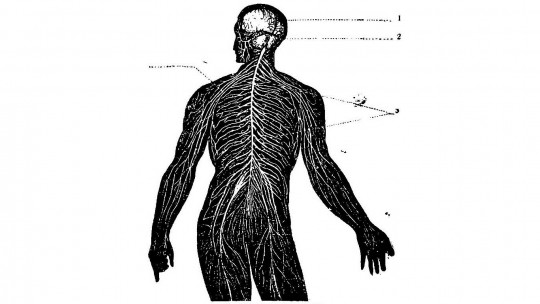
Tunnel vision is a peculiar phenomenon that affects the ability to perceive stimuli in our environment. It is relatively common that, when we find ourselves in a marked state of psychophysiological stress, we pay attention exclusively to what is related to the task, threat or main concern at hand.
In this article we will describe What is tunnel vision and what are its causes? In order to do so, we will briefly review the cognitive theory on the different modalities of attention, and we will explain the difference between the concept of tunnel vision that we use in psychology with the use made of it in medicine.
Attention as physiological activation
Attention is a broad psychological function, and as such the alterations that affect it can give rise to very diverse phenomena. Thus, for example, if we look at attention as the ability to select a stimulus and focus our cognitive resources on it, we can identify disorders of this function in schizophrenia or manic episodes.
They have also been described alterations related to attention such as concentration (such as mental absence and temporary lacuna), as vigilance (which in generalized anxiety disorder has the character of ‘hypervigilance’), as expectations (a relevant aspect in psychosis) and as physiological activation, associated with the experience of stress.
The phenomenon of tunnel vision falls within this last area of analysis of attentional processes. However, it is an ambiguous concept that has not only been used in the field of psychology, but tunnel vision has also been discussed in medical contexts, particularly in ophthalmology.
What is tunnel vision?
From the point of view of cognitive psychology, tunnel vision is an alteration in attention that occurs in situations of intense stress, particularly when a feeling of threat is experienced. However, this does not always correspond to reality; some individuals are more prone to tunnel vision than others.
Specifically, it has been proposed that introverted people have a greater tendency to tunnel vision than extroverts, if we understand these two constructs as defined by Eysenck: as manifestations of the base level of activation of the cerebral cortex. Thus, introverts are more prone to this phenomenon due to their higher level of general anxiety.
Tunnel vision is also less common in children and the elderly than in people of intermediate age; this is also due to differences in cortical activation. On the other hand, as is logical, the experience of situations that are objectively threatening For a given person, they increase the likelihood of tunnel vision.
In the medical context in general, the concept “tunnel vision” is normally used to refer to the loss of the ability to peripheral vision, as occurs in glaucoma. People with this alteration can only see clearly the central part of their visual field; From this the perception of it is derived with the approximate shape of a tunnel.
However, In the psychology of attention the term has a more abstract character ; Many experts not only include visual alterations caused by stress within this, but the resulting narrowing of attention can affect other senses in the same way. It is worth highlighting hearing, almost as important as sight for humans.
Causes of this phenomenon
Tunnel vision understood as an attentional phenomenon is due to specific hypervigilance, that is, selective attention to stimuli that are associated with a potential threat to safety or survival. This makes it easier for us to attend to the stimuli that we consider relevant, but it reduces the ability to perceive the rest of the factors in the situation.
Cortical activation depends largely on the release into the bloodstream of stress hormones, the most important of which are corticosteroids. This occurs more markedly the greater the person’s perception of stress, the more intense the physical and mental activity they perform, and the more demanding the demands of the situation.
Many cognitivist models of attention focus on the fact that our attentional resources are limited, so we can only focus our perception on one stimulus or another by dividing these capacities in different ways. In this sense, it is important to remember that there are various types of attention: selective, focused, divided…
When tunnel vision occurs, our sight, and frequently also the rest of the senses, focus only on the stimuli that we associate with what worries us most. This leads to a very marked reduction in our probability of adequately perceiving the rest of the stimuli, reducing the quality of our behavior.








